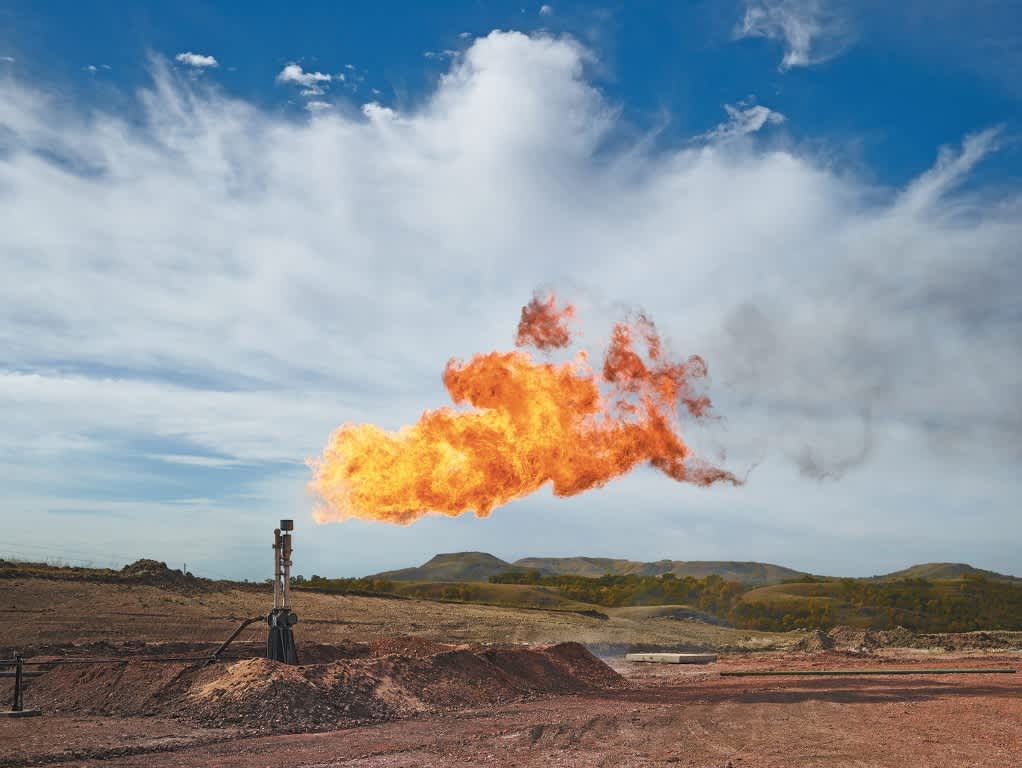What should we think of a corporation that undertakes research on one of its products only to discover that its use could be damaging—and then tries to conceal the potential dangers of that product’s use? An investigation underway by New York Attorney General Eric Schneiderman promises to shed light on one such alleged case—concerning ExxonMobil, the world’s largest oil company, and the possibility that it misled investors and the public about the dangers of climate change.
The story begins in mid-1977, when Exxon’s powerful Management Committee was briefed by James Black, a company scientist, on the potential dangers of climate change. Two years earlier, Syukuro Manabe of the US Weather Bureau and his collaborator Richard Wetherald had published the first computer model that estimated how a doubling of atmospheric concentrations of CO2 would affect Earth’s surface temperature. Their results revealed a “somewhat larger” warming of the lower atmosphere—around 4.3 degrees Fahrenheit—than had been anticipated. It also revealed that the polar regions were likely to warm two to three times faster than lower latitudes, and that worrisome disruptions to the global water cycle might result. The impetus for this landmark study came from the activities of the fossil fuels industry itself: in their introduction Manabe and Wetherald quoted a 1971 estimate by Lester Machta, director of the Air Resources Laboratory, that owing to the burning of fossil fuels, CO2 concentrations would rise by 20 percent by the end of the century.


